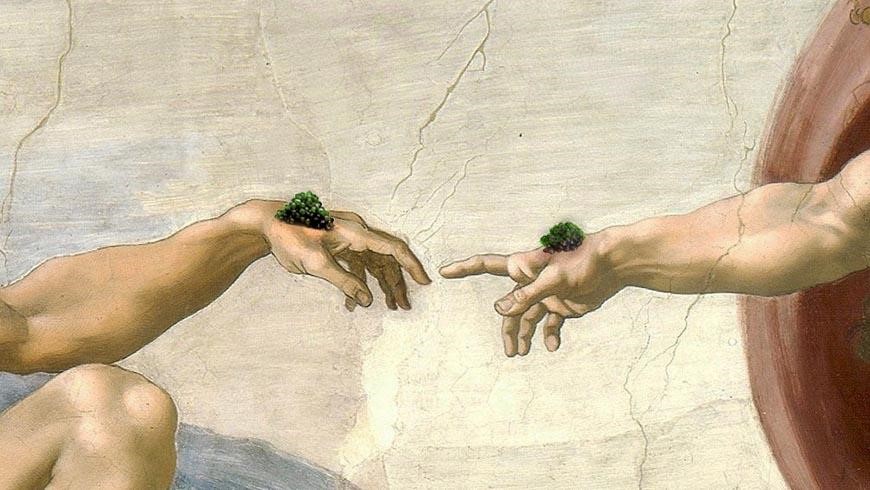Caviar has long been considered a “Food of gods” and served only to nobles and royal families. A luxury food has a well-known reputation in most banquets from old times. But first of all, how did Caviar become famous?
And do you know what exactly happened at the end of Soviet era to the sturgeon habitat in the Caspian Sea?
Ancient civilization associated with caviar
Many myths and legends in various cultures are associated with caviar. For example, according to the great Greek philosopher Aristotle, from as early as the fourth century B.C, Caviar and sturgeon were served in Greek banquets among flowers and trumpets.
However, it was ancient Persians who created salted caviar for the first time. Legends and traditions from Persia widely believed that caviar has medicinal power, and thus the word caviar comes from the Persian word “khav-yar” meaning “Cake of power”.
Whatever the origin of this word, what we are sure about is that fishermen on the Caspian Sea began to eat Caviar for the first time in history, not as a delicacy, but as a nutritious and basic food. caviar spoiled quickly without refrigeration, and it was precisely perishability that made caviar unique, expensive and attractive to kings, tsars, aristocrats and nobles of the day.
Sturgeon in European society at Medieval
By the middle ages, sturgeons had become more established among the upper classes of European society. In 1324, The king of England Edward II, declared sturgeon as “Royal Fish”, therefore, only people in the royal court were permitted to eat sturgeon. The declaration has become tradition which continues to this day and all the wild sturgeon found within the coast of Britain are still decreed the property of the monarch.
In the mid-1800, when the aristocracy in Russia and Europe started developing a taste for “black pearl” or “Caviar”, the countries surrounding the Caspian Sea began to harvest sturgeon in greater quantities, thus helping to increase the popularity of caviar all around the world. But unfortunately over fishing and increasing demand of the global market began depleting wild stock from what was once a healthy sturgeon population.

From rag to riches, from roe to ruin
After the Russian Revolution of 1917, the Communist Party launched a Cartel to sell the famous and popular Caspian Sea caviar to a growing market of affluent Europeans and Americans who wanted to taste the delicacy that tsars consumed by the kilo. Top-tier restaurants in Europe began offering Caspian Sea caviar as an appetizer, while in North America bar owners served Delaware river caviar for free at that time. They believed the salty taste encouraged customers to buy more drinks.
With the increase in world population, the advancement of technology and industrialization of countries and as a result the world became wealthier, the demand for caviar exceeded supply, prices were raised up and caviar became an expensive luxury item for only the wealthier customers once again.
Caspian sea Caviar in danger of extinction
In the mid-eighties, the communist country of the Russian Federation witnessed the flourishing of the caviar industry in the Caspian Sea and around the coastal city of Astrakhan. Fishing increased and demand increased, but in 1997, many sturgeon species were found to have deep and irreparable problems due to overfishing, pollution, poaching, and the construction of dams that prevent sturgeon from returning to their spawning grounds all contributed to the decline in wild stocks. Unfortunately, these ancient species, which have lived on the Earth planet’s waters for more than 250 million years, are in danger of extinction.
In 1998, countries signed up to the United Nations International Convention on Trade in Endangered Species of Fauna and Flora (CITES) immediately monitored the export control of 25 species out of the world 27 species of sturgeon, and two species It was no longer banned altogether.

Where is the position of sturgeon at the Modern era?
In early 2006, CITES stopped all imports and exports of wild caviar until the producing countries came up with better plans to deal with the crisis, in the face of further depletion of sturgeon stocks.
In early 2007, the United Nations lifted a ban on the export of three types of caviar, including the highly valuable Beluga. A UN-backed conservation body reported that countries bordering the Caspian Sea have to improve their monitoring of caviar trading, but declared that the resumption of exports must be accompanied by additional moves to combat declining sturgeon stocks.
Thus, until twenty years ago, almost all caviar consumed in Europe came from the Caspian Sea, where trade was conducted by a handful of Iranian and Russian caviar traders. However, with more monitoring and follow-up of the site and according to the consumer demand for sturgeon, this valuable species is offered to the world markets as farmed. All the sturgeon consumed today is farmed, and there is no sturgeon in the market that is made from wild sturgeon caught from the Caspian Sea, and fishing, buying and selling wild species is completely illegal and a crime in all seven continents.

